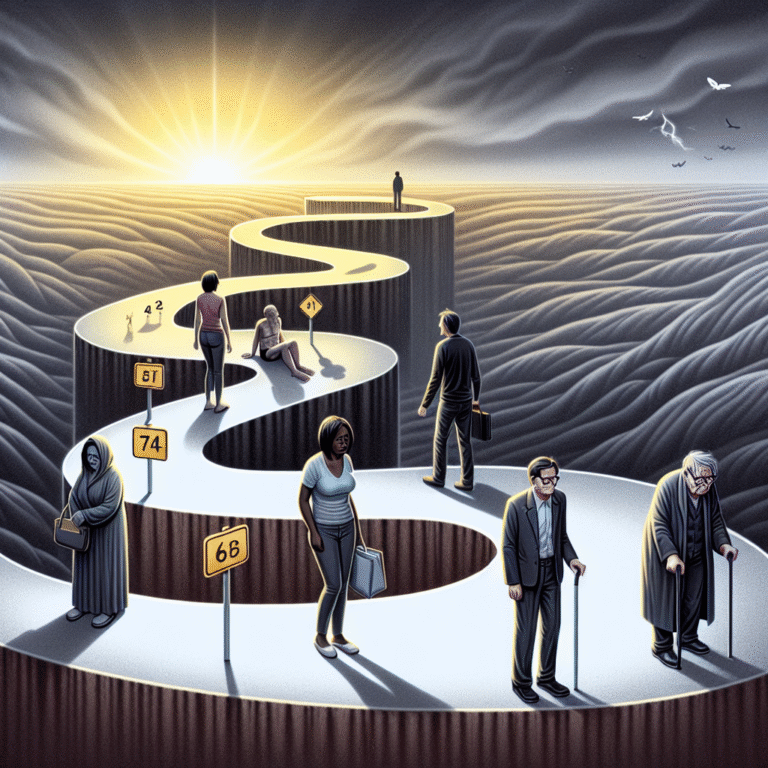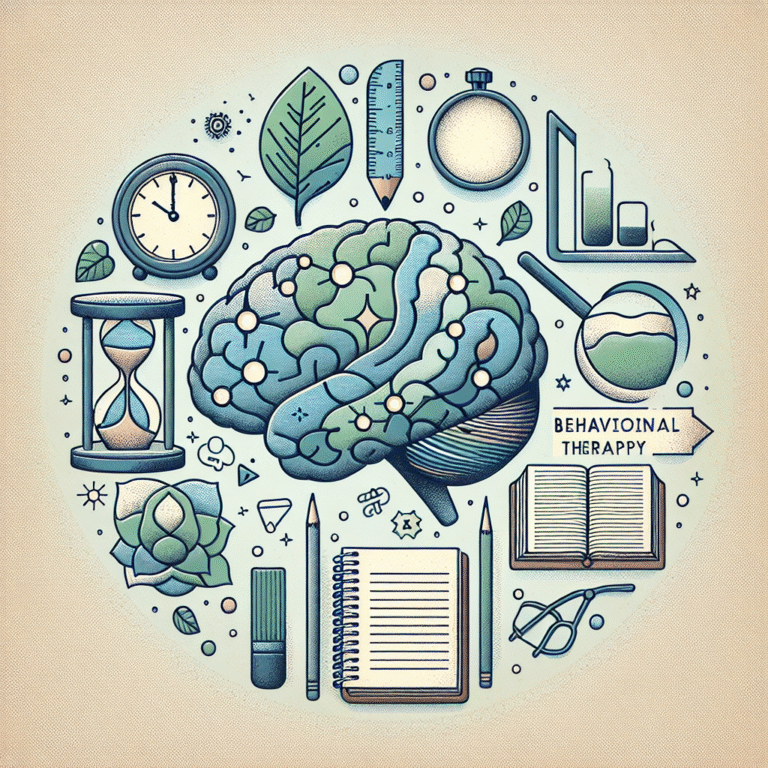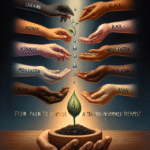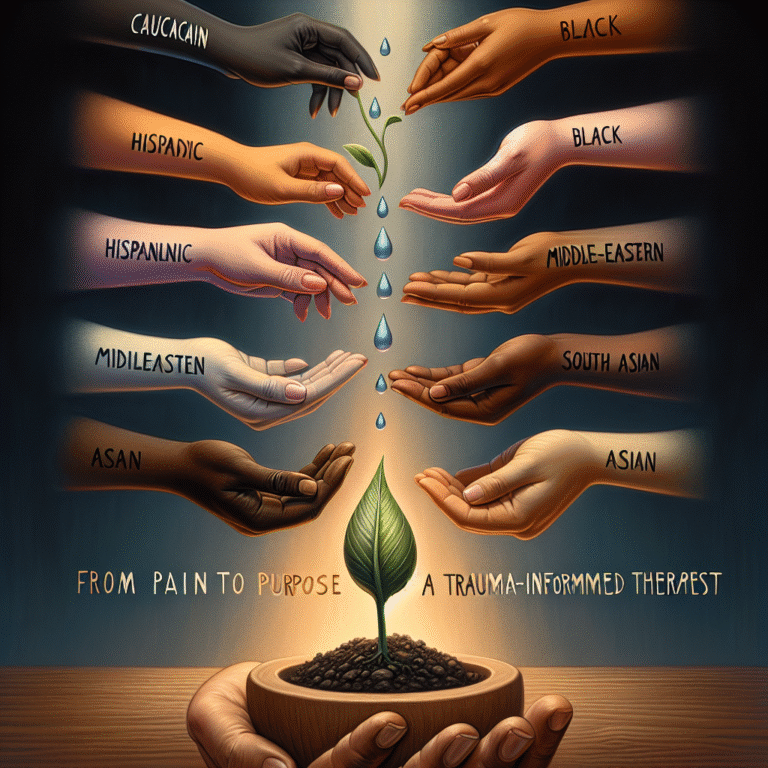
Understanding Grief: Essential Insights on the Stages and Tools for Coping with Loss
Introduction
Grief is a universal experience that touches everyone at some point in life. Whether it’s the death of a loved one, the end of a significant relationship, or even the loss of a job, the emotional upheaval can feel overwhelming. Understanding grief is not just crucial for those currently wrestling with loss, but also for friends and family members who wish to support others through these turbulent times. This article, "Understanding Grief: Essential Insights on the Stages and Tools for Coping with Loss," will guide you through the intricate landscape of grief, breaking down its stages and offering effective tools to manage and cope with this profound emotion.
The Nature of Grief: An Overview
Grief is often misunderstood. It is not a linear experience but rather a complex tapestry of feelings, thoughts, and emotions. A deep sense of sadness may be accompanied by anger, confusion, or guilt. The journey through grief is as unique as the individual, shaped by personal experiences, cultural background, and the nature of the loss.
Case Study: Jane’s Journey
Jane lost her father unexpectedly. Initially, she felt numb, which soon shifted into anger towards the medical staff. Through counseling and support groups, Jane discovered that her experience was not isolated. Understanding grief led her to accept her emotions as natural responses.
The Five Stages of Grief: Understanding the Framework
In 1969, Elisabeth Kübler-Ross introduced the five stages of grief: denial, anger, bargaining, depression, and acceptance. Although many people may not experience these stages sequentially, they provide a roadmap for understanding grief.
1. Denial: The Shield of Protection
Denial serves as a protective barrier. This stage allows individuals to process the enormity of their loss. It can manifest as disbelief or a sense of numbness.
Real-World Example
During her initial phase of grief, Mary, a recently widowed woman, found solace in routines, keeping herself busy, and avoiding conversations about her husband. This allowed her to gradually absorb the reality of her loss.
2. Anger: The Uncomfortable Truth
Anger can arise from feelings of helplessness and frustration. This stage can manifest as resentment towards others or oneself.
Case Study Analysis
James, who lost a close friend to cancer, directed his anger towards the hospital for perceived negligence. Instead of wallowing in anger, he chose to get involved in cancer awareness, transforming his grief into action.
3. Bargaining: Seeking Alternatives
In this stage, individuals often find themselves negotiating or wondering "what if." While it may feel futile, bargaining can provide a semblance of control.
Insightful Discussion
Emily, who lost her mother, caught herself replaying the last conversations they had, wishing she’d said things differently. Acknowledging her feelings of guilt and regret was a step toward healing.
4. Depression: A Dark Tunnel
Depression in grief can feel overwhelming, as sadness becomes the dominant emotion. This stage invites individuals to confront their pain genuinely.
Real-World Example
Tom, separated from his long-time partner, found himself spiraling into isolation. By recognizing his need for support and engaging in therapy, he started finding light even during dark days.
5. Acceptance: The Path Forward
Acceptance doesn’t mean forgetting or moving on; it means acknowledging the reality of the loss while finding ways to live with it.
Case Study Analysis
After a year of grieving his spouse, Michael began volunteering at a local hospice. He found acceptance through helping others navigate their grief, creating a legacy in honor of his loved one.
Tools for Coping: Strategies That Work
Grieving is not a solitary journey; many tools can assist individuals in coping with loss. Here are some essential strategies, supported by research and real-life examples.
1. Journaling: The Power of Words
Writing can serve as a therapeutic outlet, helping individuals articulate their feelings. Journaling allows for self-reflection and emotional release.
2. Support Groups: Building Community
Participating in support groups connects individuals with others who are going through similar experiences. Sharing stories and challenges can foster empathy and healing.
3. Professional Help: Therapy as a Lighthouse
Engaging with mental health professionals can provide tailored strategies. Therapy creates a safe space to explore emotions and find coping mechanisms.
4. Mindfulness and Meditation: Grounding the Soul
Mindfulness practices can help reduce anxiety and promote emotional stability. Techniques such as meditation or yoga provide tools to stay connected with the present moment.
Table: Tools for Coping with Loss
| Tool | Description | Benefits |
|---|---|---|
| Journaling | Writing down feelings and thoughts | Promotes emotional release |
| Support Groups | Community sharing and shared experiences | Fosters connection and understanding |
| Therapy | Professional guidance | Offers tailored coping strategies |
| Mindfulness | Techniques to stay present | Reduces anxiety and promotes calmness |
Creating a Healthy Grieving Space
Encouraging a healthy grieving environment is vital for healing. Supportive environments provide a robust framework for individuals to express their grief without judgment.
Insights on Rituals
Rituals—be it a memorial service, planting a tree, or lighting a candle—can offer closure. These actions honor the memory of the lost loved one while providing structure to the grieving process.
Case Study: Family Rituals
After losing their son, the Mitchell family started a tradition of writing letters to him every year on his birthday, creating a sense of continuity and connection.
Conclusion: The Journey of Understanding Grief
Navigating through grief can be daunting, but understanding the stages and implementing effective coping tools can lead to healing and transformation. The journey may be fraught with ups and downs, yet each step brings new insights into our emotional landscape.
Motivational Takeaway
Embrace your grief as a part of your story. Allow yourself to feel, and remember that healing is not a race but a journey. As you understand grief more deeply, you will find the strength and resilience to carry forward, one step at a time.
FAQs
-
What are the common emotional responses to grief?
- Emotional responses vary widely but may include sadness, anger, guilt, and relief. Understanding grief can help normalize these feelings.
-
How long does the grieving process last?
- Grieving is unique to each individual. It can last weeks, months, or years, depending on various factors, including the relationship with the deceased.
-
Is it normal to feel guilty during grief?
- Yes, feelings of guilt are common. These emotions often stem from "what if" scenarios. Talking through these feelings in a safe environment can help.
-
What are some signs I might need professional help?
- If feelings of sadness or hopelessness interfere with daily life, relationships, or self-care for an extended period, professional help may be beneficial.
- How can I support someone who is grieving?
- Offer your presence, listen actively, and validate their feelings. Avoid clichés and instead allow them to share their story in their own time.
In your journey, remember that understanding grief: insights on the stages and tools for coping with loss will empower not only yourself but also those around you. Embrace the healing process and know you are not alone.

















